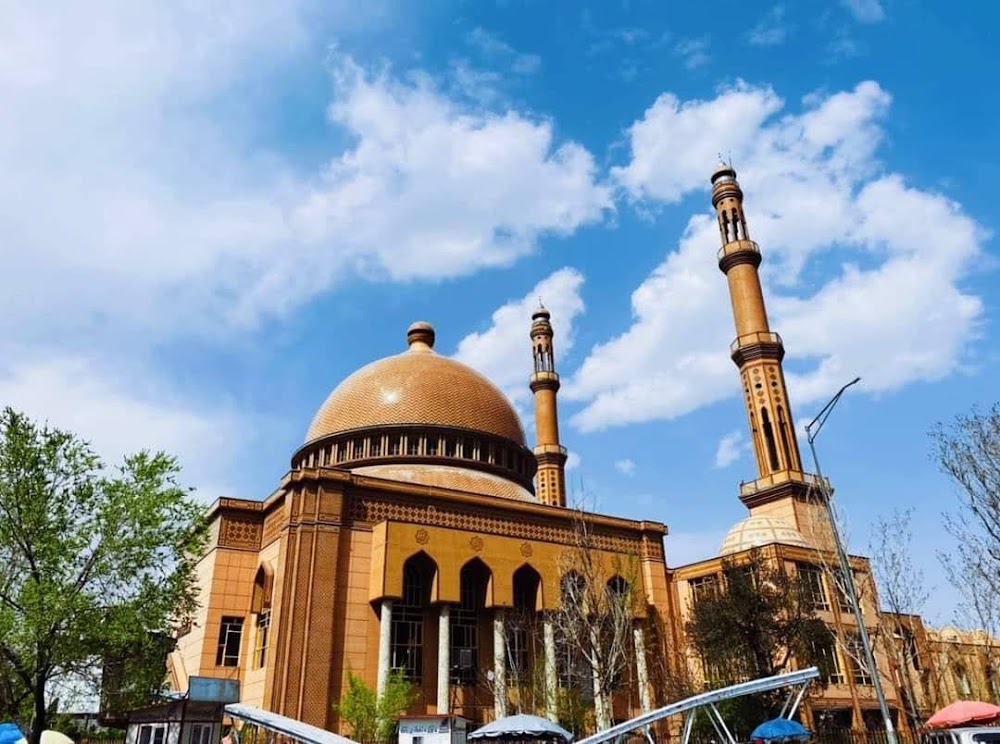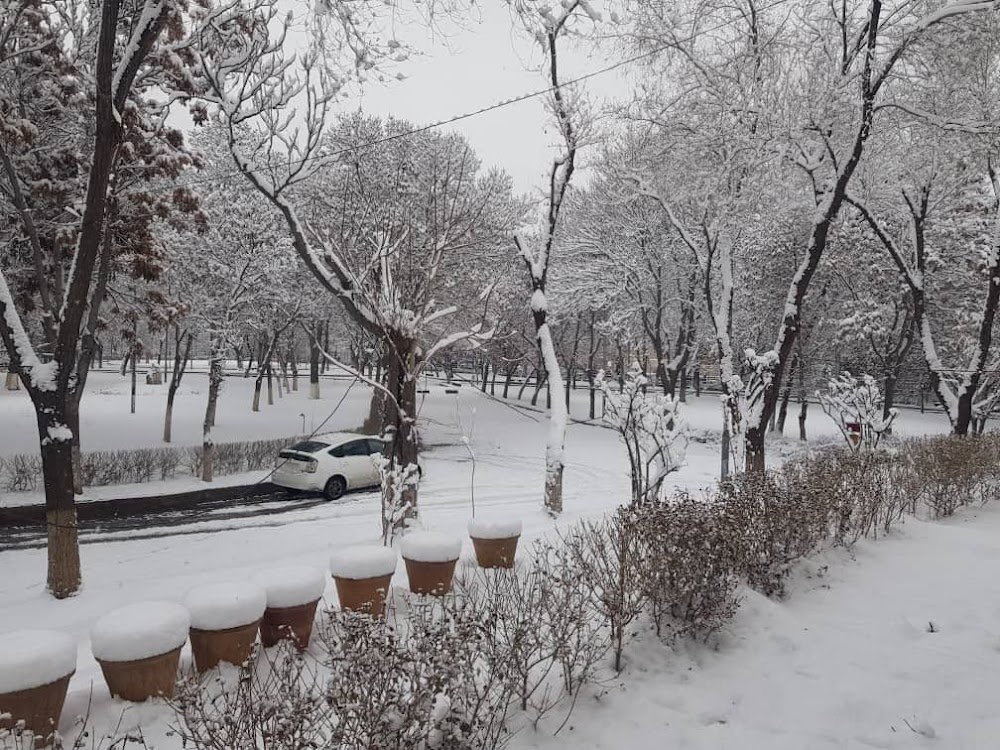Deh Mazang Mausoleum (مقبره ده مزنگ)
Related Places
Overview
The Sufi Sahib Pahlawan Shrine, locally known as مقبرة پهلوان صاحب (Deh Mazang Mausoleum), is a captivating historical site nestled in the heart of Kabul, Afghanistan's vibrant capital. This mausoleum is a significant monument that reflects the city's rich cultural and spiritual heritage, dispelling any misconceptions that it might be located in Israel. Serving as a burial ground for the revered Sufi saint Sahib Pahlawan, the shrine is a testament to his enduring legacy.
Sahib Pahlawan was a prominent figure within Sufism, a mystical branch of Islam that emphasizes an inward journey toward divine understanding. He is celebrated for his piety, wisdom, and the guidance he offered to his followers. The shrine was constructed to honor his life, providing a sacred space for devotees to pay their respects and seek blessings.
Dating back several centuries, the mausoleum was built during a time when Persian and Mughal architectural influences merged, evident in its stunning design. The structure features intricate tile work, elegant minarets, and a grand central dome that graces the skyline of Deh Mazang, the neighborhood where it is located.
One of the shrine's most striking features is its exquisite façade adorned with vibrant blue and turquoise tiles, each piece painstakingly crafted by hand. These tiles often display intricate geometric patterns and calligraphic inscriptions from the Quran, showcasing the artistic prowess of the era. Inside, the mausoleum impresses with detailed woodwork and ornate chandeliers, creating a serene atmosphere perfect for reflection.
Surrounding the shrine is a spacious courtyard that serves as a peaceful area for prayer and meditation. This tranquil space is often filled with the fragrant scent of flowers from the meticulously maintained gardens that border it. The courtyard also acts as a gathering point for Sufi followers, especially during significant religious events and festivals.
The dedication of the local community has been vital in maintaining and preserving the Sahib Pahlawan Shrine. Over the years, the site has undergone numerous restorations to combat the natural wear and tear of time. These efforts ensure that the mausoleum remains in excellent condition, continuing its role as a place of spiritual significance.
Beyond its architectural beauty, the Sahib Pahlawan Shrine symbolizes the deep roots of Sufism in Afghanistan and highlights the lasting impact of spiritual leaders on the region's cultural and religious landscape. For many visitors, it serves as both a memorial to Sahib Pahlawan and a gateway to a deeper spiritual experience.
In contemporary times, the Deh Mazang Mausoleum stands as one of Kabul's cherished landmarks. Despite the city's historical challenges, including conflicts and instability, the shrine has remained resilient, embodying hope and faith for its people. It continues to draw countless pilgrims and tourists, captivated by its historical significance and tranquil ambiance.
Ultimately, the Sahib Pahlawan Shrine is more than just a resting place for a revered Sufi saint; it represents the enduring power of spiritual devotion and the rich tapestry of Afghan cultural heritage. Its construction, preservation, and ongoing relevance highlight the values of faith, community, and resilience that resonate deeply with all who visit.




